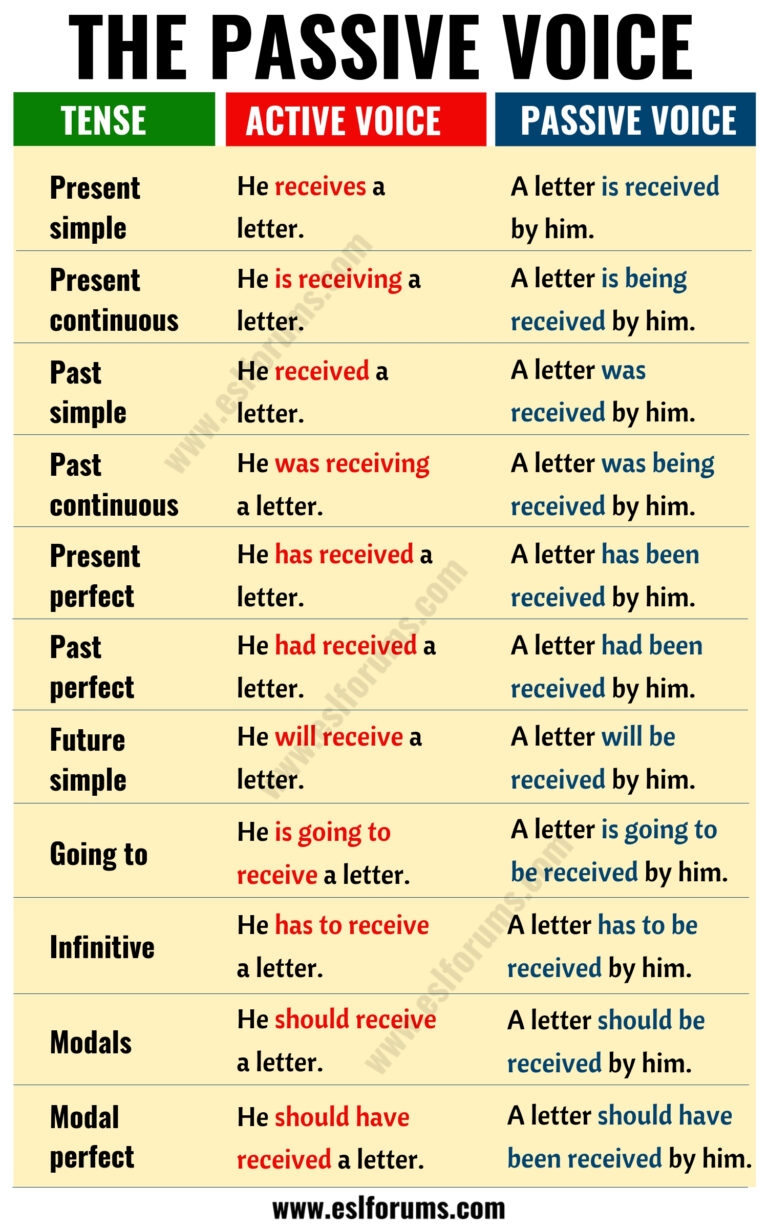Passive voice is a grammatical construction in which the subject of a sentence is the recipient of the action rather than the doer. It is often used in formal writing or when the doer of the action is unknown or less important than the action itself. Understanding the formula of passive voice is essential for effective communication in writing.
When constructing sentences in passive voice, the formula is as follows:
Passive Voice = form of “to be” + past participle of the main verb. This formula is used to shift the focus of the sentence from the doer of the action to the action itself.
Formula: Passive Voice = form of “to be” + past participle of the main verb
For example, in the active voice sentence “The cat chased the mouse,” the subject (the cat) is performing the action (chasing) on the object (the mouse). In passive voice, the sentence would be written as “The mouse was chased by the cat.” Here, the focus shifts from the cat to the mouse as the receiver of the action.
Passive voice is often used in scientific or technical writing to emphasize the action rather than the doer. For instance, “The experiment was conducted by the researchers” places the emphasis on the experiment itself rather than the researchers who conducted it. Passive voice can also be used to make writing more formal or to maintain objectivity.
It is important to note that passive voice can sometimes make sentences less clear or direct, so it should be used judiciously. In some cases, active voice may be more appropriate for conveying information clearly and concisely. Writers should consider the context and purpose of their writing when deciding whether to use passive voice.
In conclusion, understanding the formula of passive voice is essential for effective communication in writing. By using the formula of “Passive Voice = form of ‘to be’ + past participle of the main verb,” writers can shift the focus of their sentences from the doer of the action to the action itself. While passive voice has its uses in formal writing and scientific contexts, it should be used thoughtfully to ensure clarity and precision in communication.
